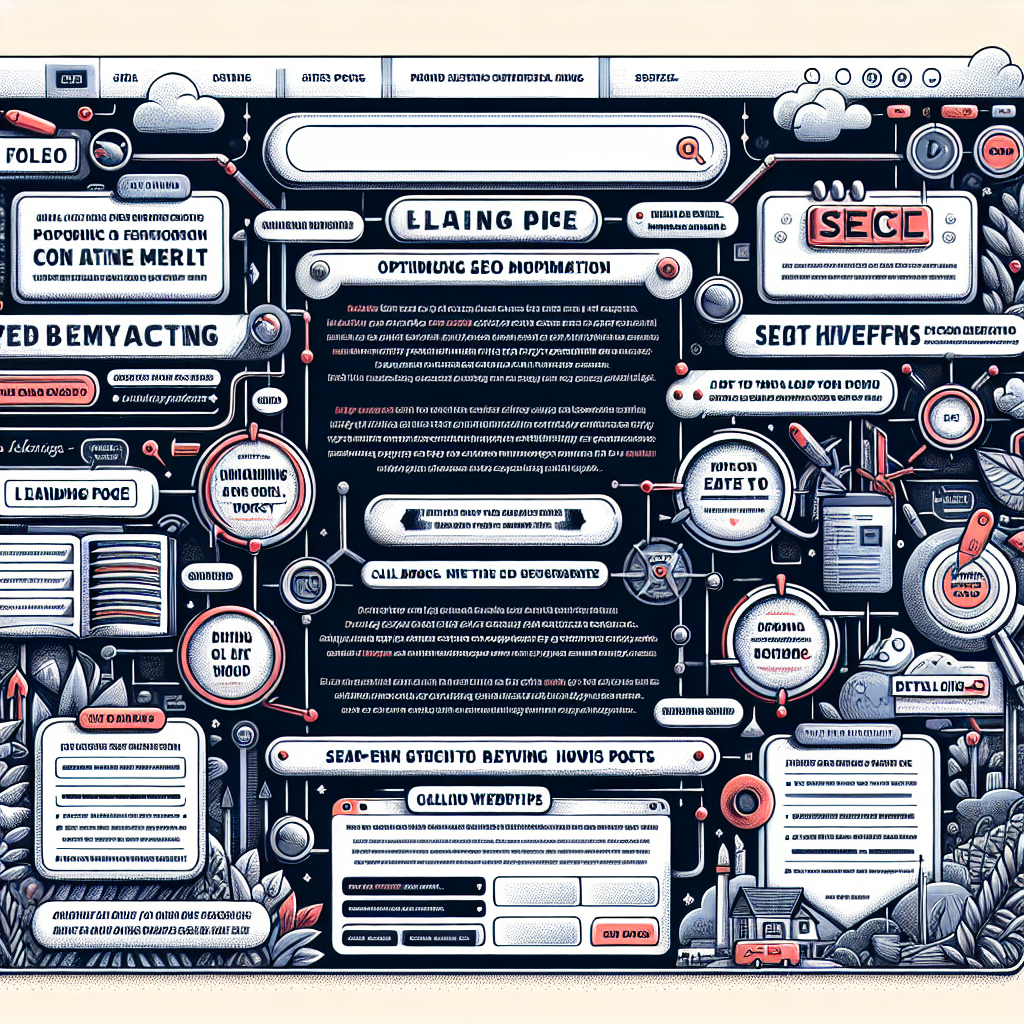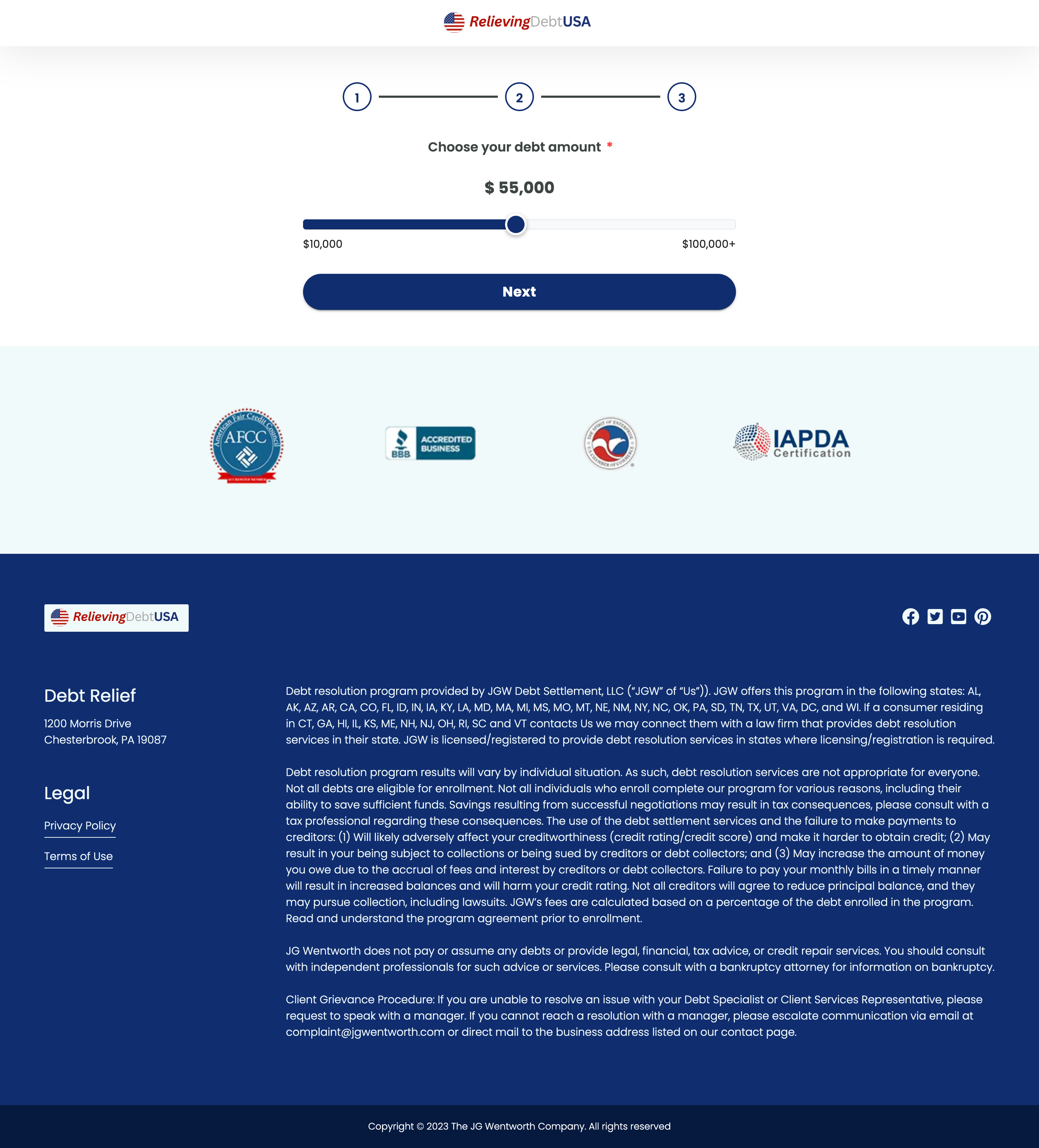How to Structure Landing Pages for Maximum SEO Benefit
A well-structured landing page can have a profound impact on your website’s search engine optimization (SEO) performance. By following best practices in landing page design and content organization, you can improve your site’s visibility in search engine results, driving more traffic and conversions. This article will guide you on structuring the perfect landing page for maximum SEO benefit.
Table of Contents
- Introduction
- Goal Definition
- On-Page SEO Essentials
- SEO-Optimized Content
- User Experience and Design
- Technical SEO Considerations
- Conclusion
Introduction
Landing pages are specialized pages designed to convert visitors into leads or customers. They play a pivotal role in digital marketing strategies and SEO. A structured, well-optimized landing page can significantly boost your site’s search engine rankings, increasing visibility and traffic. Understanding the essential components and strategies for maximizing SEO on landing pages is critical to achieving this.
Goal Definition
Before structuring a landing page, it’s important to clearly define its objectives. Whether it’s collecting email addresses, selling a product, or promoting a specific offer, understanding the primary goal will shape your SEO strategy and influence content creation. This clarity will align your landing page’s design and SEO efforts with your broader marketing goals.
On-Page SEO Essentials
Title Tag
The title tag is a critical component of on-page SEO. It’s the first element search engines and users see, so it should be descriptive, concise, and include your primary keyword. Aim for a length of 50-60 characters to ensure it displays properly in search results.
Meta Description
The meta description provides a brief summary of your page. It should complement the title tag and compel users to click through to your site. Though it doesn’t directly affect rankings, a compelling meta description can improve click-through rates.
Header Tags
Header tags (H1, H2, H3, etc.) are used to structure content hierarchically. They improve both SEO and the readability of your content. Use them to break up text and include relevant keywords naturally.
URL Structure
An SEO-friendly URL is short, descriptive, and includes the primary keyword. It should reflect the content of the page clearly and be easy for users and search engines to understand.
SEO-Optimized Content
Keyword Research
Effective keyword research is foundational to SEO. Identify keywords that your target audience is searching for and use them strategically throughout your landing page, including in the title, headers, and body content.
Content Length and Depth
While there’s no one-size-fits-all rule, longer, in-depth content tends to perform better in search results. Ensure your content thoroughly addresses user queries and provides valuable information.
Internal Linking
Internal links are crucial for SEO. They establish a hierarchy on your site, distribute page authority, and help search engines understand the structure of your content. Include links to related content where appropriate.
User Experience and Design
Mobile Friendliness
With mobile devices accounting for a significant portion of web traffic, mobile optimization is essential. Responsive design, fast loading times, and intuitive navigation will improve user experience and SEO rankings.
Page Speed
Page speed is a crucial ranking factor. Optimize images, leverage browser caching, and minimize code to ensure your landing page loads quickly. Faster pages rank higher and provide a better user experience.
Technical SEO Considerations
Structured Data
Implementing structured data can enhance your search result listings with rich snippets, providing additional context to users and potentially increasing click-through rates.
Canonical Tags
Canonical tags help prevent duplicate content issues, ensuring search engines index the preferred version of a page. This is especially important for e-commerce sites with similar product pages.
Conclusion
Structuring a landing page for maximum SEO benefit involves a combination of strategic content organization, technical optimization, and a clear focus on user experience. By following the outlined practices, you’ll be well on your way to creating high-performing landing pages that increase visibility and drive conversions. To ensure you can easily capture and save your optimized landing pages for further analysis or redesign, consider using tools like a Landing page ripper tool, which can efficiently extract and save landing page content.









